
PROMO!
First order? Get 10% OFF with this code: 1storder
Written by
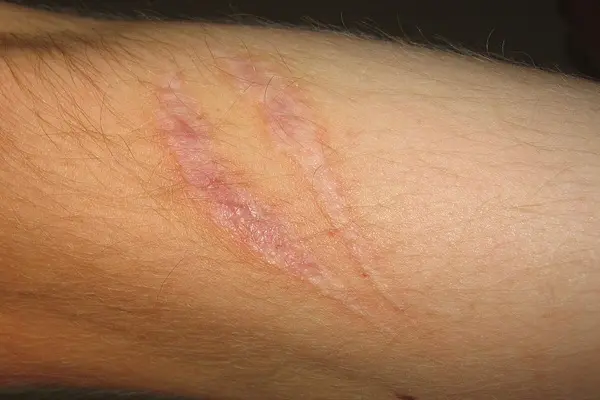
Have you ever wondered how the body begins to repair itself after injury or stress? Researchers are asking the same question, and one peptide that continues to draw attention is Thymalin.
Thymalin was first isolated from the thymus gland, where it plays a role in immune system regulation and cellular balance. In scientific studies, it has shown promise for its potential impact on recovery processes. Researchers exploring tissue repair peptide therapy suggest that Thymalin may influence regeneration, strengthen immune responses, and support faster recovery.
With ongoing studies uncovering new insights, Thymalin stands out as a key subject in peptide research aimed at understanding how tissues renew and repair. To understand this better, researchers compare Thymalin with other peptides that affect tissue repair in different ways.
Explore Thymalin from Peptide Works, a peptide studied for immune balance and its potential role in tissue repair research.
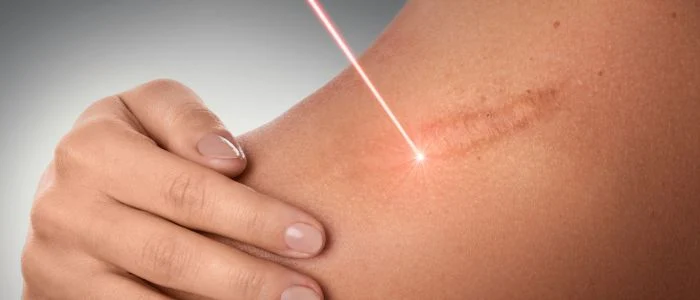
Researchers studying tissue repair peptide therapy often highlight Thymalin for its unique connection to immune regulation. A balanced immune system is crucial for recovery, since inflammation must be controlled for tissues to heal efficiently.
Thymalin has been noted in research to interact with T-cells, which are vital for directing how tissues repair after damage. By helping immune cells communicate more efficiently, it may create conditions that encourage quicker and more organized recovery within the body.
These findings make Thymalin an intriguing focus for scientists looking at how peptides may one day contribute to better understanding of wound healing and regeneration.
Understanding Thymalin’s link to immune regulation naturally leads to a closer look at T-cells themselves, since they are central to how repair unfolds.
T-cells shape how the body heals after injury, and regulatory T cells (Tregs) guide much of this response. They release signals such as IL-2 and TGF-β that reduce excess inflammation and guide tissue growth. This immune balance is central to tissue repair peptide therapy, because healing depends on the body repairing in a controlled way.
In research, BPC-157 has been studied for how it may influence blood vessel growth and immune responses, which links closely with T-cell activity. TB-500 is another peptide of interest, as it is associated with cell migration and regeneration processes that rely on immune coordination. These findings suggest that peptides supporting T-cell balance could be valuable for studying tissue recovery.
Since circulation is also critical for healing, research often turns to peptides connected with blood vessel growth, such as BPC-157.
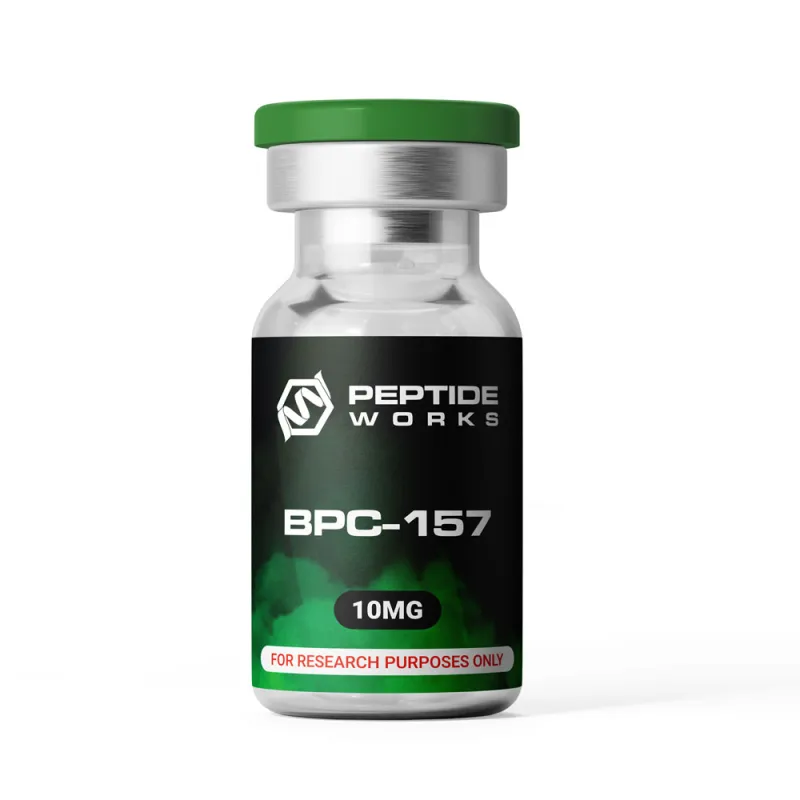
BPC-157 has drawn research interest for its potential role in angiogenesis, which involves the growth of new blood vessels. Studies in animal models suggest this peptide may activate VEGFR2 and eNOS pathways, which guide endothelial cells to migrate and create fresh vascular networks. With improved blood flow, damaged tissue receives more oxygen and nutrients, allowing the repair process to move forward more efficiently.
Within the field of tissue repair peptide therapy, BPC-157 is viewed as a strong candidate for studying how vascular health supports recovery. By helping blood vessels grow in injured areas, it adds another layer to understanding how peptides could influence regeneration and long-term tissue strength.
Focusing on blood vessels naturally highlights the role of endothelial cells, which are at the core of how circulation affects recovery.
Discover BPC-157 from Peptide Works, a peptide researched for promoting blood vessel growth and nutrient delivery during healing.
Endothelial cells line blood vessels and guide how tissues heal. They release nitric oxide (NO) to regulate blood flow and trigger new capillary growth at sites of injury. When endothelial cells function well, oxygen and nutrients reach damaged tissue faster, creating the right conditions for repair and regeneration.
In tissue repair peptide therapy, peptides like Thymalin and TB-500 are being studied for their influence on this process. Thymalin may support endothelial health through immune balance, while TB-500 is linked with enhanced cell migration that complements vascular repair. Together, they highlight different ways peptides could aid recovery in research.
Once endothelial health is considered, attention often shifts to the actual movement of repair cells into injured areas, a process linked with TB-500.
TB-500 is studied for its role in helping repair cells reach injured tissue. By acting on the actin network inside cells, it may improve movement and allow healing to begin faster. Research also links TB-500 with blood vessel support, which improves circulation and gives damaged areas the oxygen and nutrients they need to recover.
In tissue repair peptide therapy, TB-500 works on cell movement, while Hexarelin adds support through growth hormone release that may aid recovery signals.
Thymalin stays central by guiding immune balance. Together, these peptides highlight different angles researchers explore when studying tissue repair.This brings the focus to Hexarelin, which is being studied for a different but complementary role in recovery.
Check out TB-500 from Peptide Works, a peptide investigated for supporting cell migration and aiding recovery in tissue repair studies.
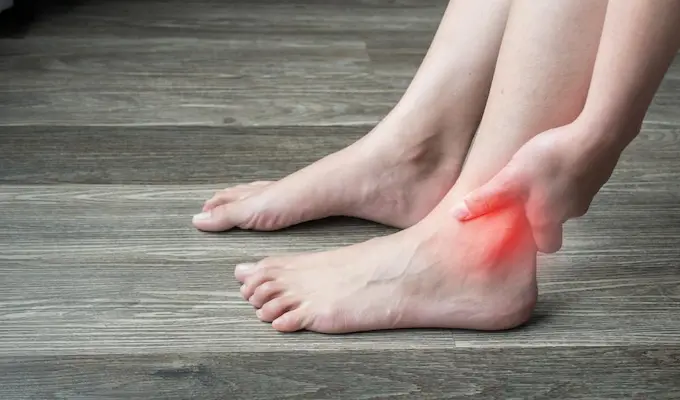
Researchers study Hexarelin for its role in stimulating growth hormone secretion. This action may improve the way cells use energy, support protein repair, and reduce strain on muscles and tendons during recovery. Early findings suggest it could help soft tissues adapt and heal more effectively under stress.
In tissue repair peptide therapy, Hexarelin brings a hormonal pathway that differs from Thymalin’s immune-based role. Researchers view it as another angle to explore how peptides may influence regeneration, with growth signals adding depth to studies on muscle and tendon recovery.
Since each peptide contributes in its own way, a side-by-side view helps show how they compare.
Explore Hexarelin from Peptide Works, a growth hormone secretagogue studied in tissue repair peptide therapy for muscle, tendon, and soft tissue recovery
Peptides studied for tissue repair often target different parts of the healing process. Thymalin takes the lead role because of its strong link to immune balance, but it is not the only peptide being explored. TB-500, BPC-157, and Hexarelin each bring their own focus, from cell movement to blood vessel support to growth hormone signaling.
The table below highlights how these peptides differ in research and how their potential actions may complement one another in the wider field of tissue repair peptide therapy.
| Peptide | Primary Focus | Mechanism in Research | Unique Role in Tissue Repair |
|---|---|---|---|
| Thymalin | Immune balance | Regulates T-cells, supports inflammation control | Considered the central peptide in tissue repair studies |
| TB-500 | Cell migration | Interacts with actin, improves cellular movement | Helps repair cells reach injury sites more efficiently |
| BPC-157 | Blood vessel growth | Promotes angiogenesis, supports endothelial activity | Enhances circulation and nutrient delivery to damaged tissue |
| Hexarelin | Hormonal recovery | Stimulates growth hormone and IGF-1 release | Supports muscle and tendon resilience during recovery |
Taken together, these findings show that peptides approach healing from different directions yet often complement one another in research. Thymalin remains the central focus for its immune balance, while other peptides expand the picture through structural, vascular, and hormonal pathways.
At Peptide Works, we believe in providing researchers worldwide with access to high-quality peptides, helping advance this growing field. While all results remain in research settings, the progress so far offers real hope for a deeper understanding of regeneration. The future of tissue repair peptide therapy looks increasingly promising as studies continue to move forward.
All peptides and compounds mentioned are strictly for research purposes only and not for human use.
[1] Khavinson VK, Linkova NS, Chalisova NI, Ivko OM. The Use of Thymalin for Immunocorrection and Molecular Aspects of Biological Activity. Biol Bull Rev. 2021;11(4):377–82.
[2] Khavinson VK, Kuznik BI, Trofimova SV, Volchkov VA, et al. Results and Prospects of Using Activator of Hematopoietic Stem Cell Differentiation in Complex Therapy for Patients with COVID-19. Stem Cell Rev Rep. 2021 Feb;17(1):285-290.
[3] Cushman CJ, Ibrahim AF, Smith AD, Hernandez EJ, et al. Local and Systemic Peptide Therapies for Soft Tissue Regeneration: A Narrative Review. Yale J Biol Med. 2024 Sep 30;97(3):399-413. doi: 10.59249/TKNM3388. PM
[4] Hosoyama K, Lazurko C, Muñoz M, McTiernan CD, Alarcon EI. Peptide-Based Functional Biomaterials for Soft-Tissue Repair. Front Bioeng Biotechnol. 2019 Aug 23;7:205.
[5] Doessing S, Heinemeier KM, Holm L, Mackey AL, et al. Growth hormone stimulates the collagen synthesis in human tendon and skeletal muscle without affecting myofibrillar protein synthesis. J Physiol. 2010 Jan 15;588(Pt 2):341-51.
ALL CONTENT AND PRODUCT INFORMATION AVAILABLE ON THIS WEBSITE IS FOR EDUCATIONAL PURPOSES ONLY.
DISCLAIMER: These products are intended solely as a research chemical only. This classification allows for their use only for research development and laboratory studies. The information available on our Peptide Works website: https://peptide-works.com/ is provided for educational purposes only. These products are not for human or animal use or consumption in any manner. Handling of these products should be limited to suitably qualified professionals. They are not to be classified as a drug, food, cosmetic, or medicinal product and must not be mislabelled or used as such.
Peptide Works
Related Articles

Best Peptides for Women in Perimenopause: From Libido to Energy
Do you feel drained, struggle with focus, or notice your drive slipping during perimenopause? These changes are some of the

PT-141 for Women in Perimenopause: A Breakthrough for Low Libido
Perimenopause can bring more than just physical changes it often affects how women feel about intimacy, confidence, and connection. Many
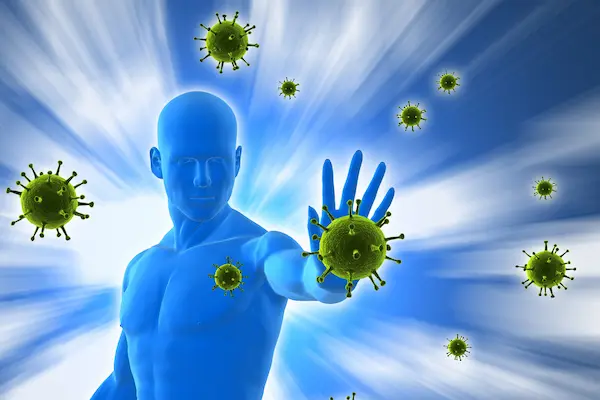
Can Vitamin B12 Immune System Support Enhance the Effects of Thymosin Alpha-1?
The Vitamin B12 immune system link is important because this vitamin plays a crucial role in DNA synthesis, methylation, energy